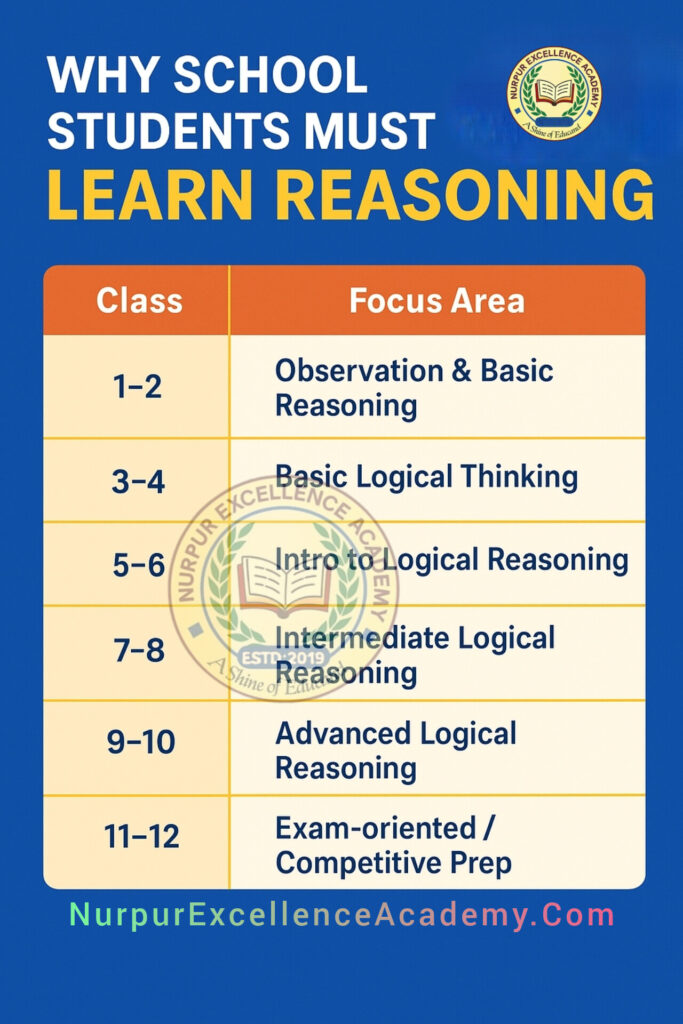1. Thermodynamic Basic Concepts
System: The part we are studying (e.g., a gas-filled cylinder)
Surrounding: Everything outside the system
Boundary: The separation between system and surroundings
Types of System:
– Open System: Exchanges both mass and energy
– Closed System: Exchanges only energy
– Isolated System: Exchanges nothing
2. Thermodynamic Variables
Pressure (P), Volume (V), Temperature (T), Internal Energy (U)
State Function: U, P, V, T → depend only on state
Path Function: Q (Heat), W (Work) → depend on path
3. Zeroth Law of Thermodynamics
Basis of temperature measurement. If A = B and B = C in temperature, then A = C.
4. Internal Energy (U)
Sum of kinetic and potential energy of particles in a gas. ΔU → Change in internal energy.
5. Heat (Q) & Work (W)
Heat (Q): +ve → given to system, –ve → taken from system
Work (W): +ve → done by system, –ve → done on system
6. First Law of Thermodynamics
ΔU = Q – W (Change in Internal Energy = Heat added – Work done by system)
7. Different Thermodynamic Processes
Isothermal (T constant): W = nRT ln(V₂/V₁), ΔU = 0, Q = W
Adiabatic (Q = 0): W = (P₁V₁ – P₂V₂)/(γ – 1), ΔU = –W, Q = 0
Isochoric (V constant): W = 0, ΔU = Q = nCvΔT
Isobaric (P constant): W = P(V₂ – V₁), ΔU = nCvΔT, Q = nCpΔT
8. Heat Capacity
C = Q/ΔT
Specific Heat: Per gram of substance
Molar Heat Capacity: Per mole of substance
Cp – Cv = R (For ideal gas)
9. Second Law of Thermodynamics
Heat always flows from higher to lower temperature spontaneously. No engine can be 100% efficient.
10. Heat Engine
High Temp. source → Heat Q₁ → Engine → Work W
Waste heat Q₂ → Sink
Efficiency: η = W / Q₁ = 1 – Q₂/Q₁
11. Refrigerator (Reverse Engine)
Takes heat Q₂ from low temperature → uses work W to deliver Q₁ to high temperature. COP = Q₂ / W
12. Carnot Engine (Ideal Engine)
An ideal reversible engine. Efficiency: η = 1 – (T₂/T₁) (T in Kelvin)
Important Formulas
ΔU = Q – W
W = PΔV (for constant P)
Q = nCpΔT (Isobaric), Q = nCvΔT (Isochoric)
Cp – Cv = R
η = 1 – T₂/T₁
W = nRT ln(V₂/V₁) (Isothermal)
PV^γ = constant (Adiabatic)
NEET Focus Tips
1-2 MCQs come from Thermodynamics every year
Zeroth & First Law → conceptual MCQ
Isothermal & Adiabatic process → Numerical
Heat engine & Carnot → Formula-based question




Leave a Reply